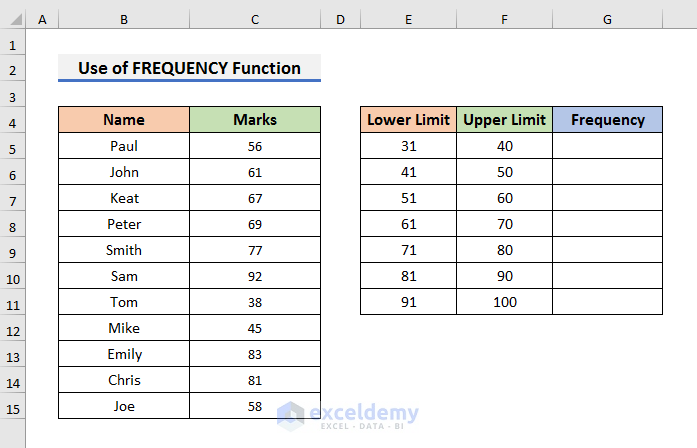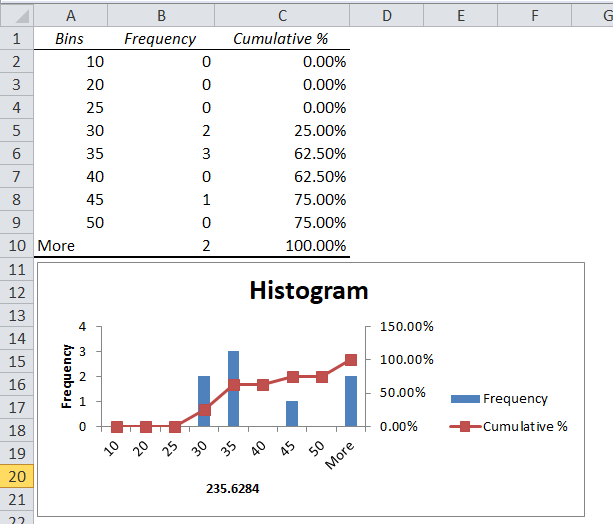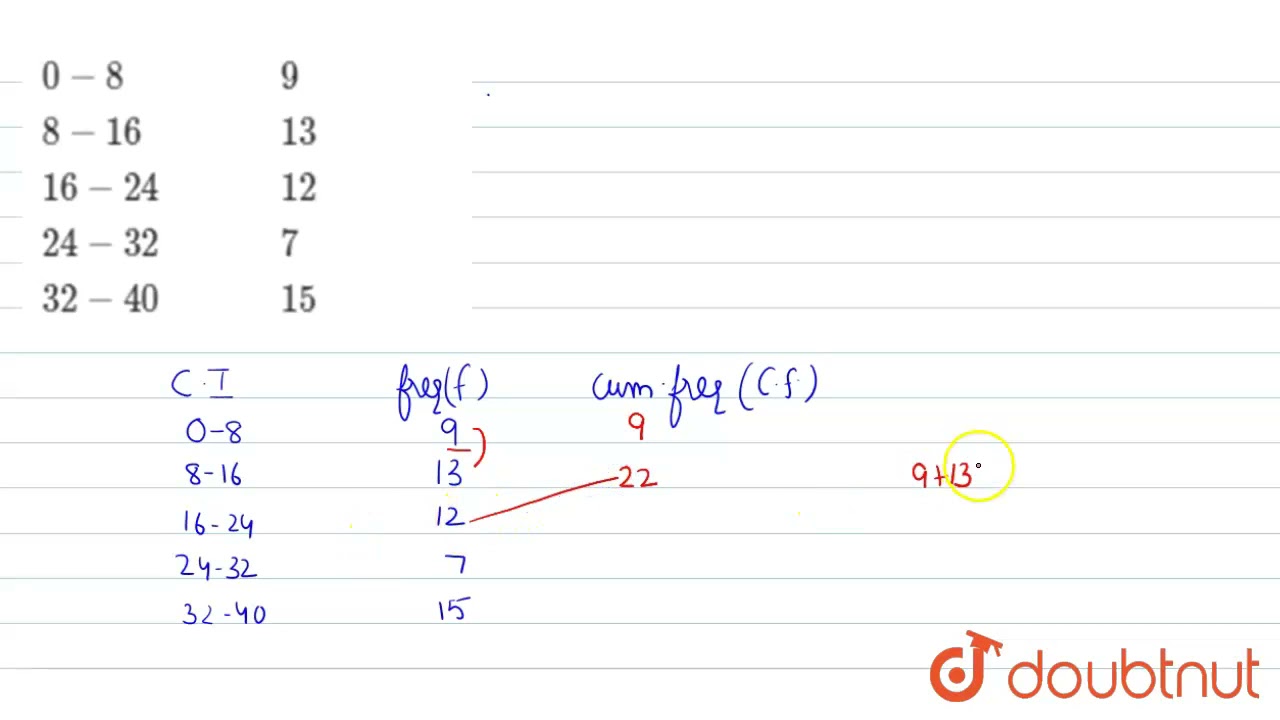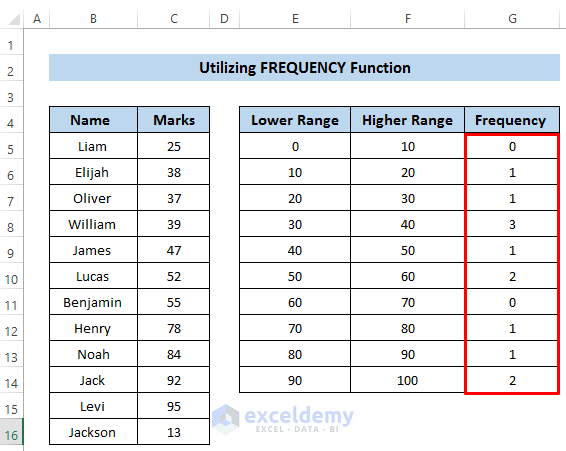Excel
Frequency Distribution Using Excel

Introduction to Frequency Distribution

Frequency distribution is a representation of how often each value in a dataset occurs. It’s a crucial concept in statistics and data analysis, allowing us to understand the distribution of data and make informed decisions. In this blog post, we will explore how to create a frequency distribution using Excel, a popular spreadsheet software.
Why Use Frequency Distribution?

Frequency distribution is useful in various fields, including business, economics, and social sciences. It helps us to: * Identify the most common values in a dataset * Understand the spread of data * Detect outliers and anomalies * Visualize data using histograms and other charts * Make predictions and forecasts
Creating a Frequency Distribution in Excel

To create a frequency distribution in Excel, follow these steps: * Step 1: Prepare your data. Enter your data into a column in Excel. Make sure the data is in a continuous range, without any blank cells. * Step 2: Go to the Data tab. Click on the “Data” tab in the Excel ribbon. * Step 3: Click on Data Analysis. In the “Data” tab, click on “Data Analysis” in the “Analysis” group. * Step 4: Select Histogram. In the “Data Analysis” dialog box, select “Histogram” and click “OK”. * Step 5: Configure the histogram. In the “Histogram” dialog box, select the input range, bin range, and other options as needed.
📊 Note: Make sure to select the correct input range and bin range to get accurate results.
Interpreting the Frequency Distribution

Once you have created the frequency distribution, you can interpret the results by: * Looking at the frequency of each value * Identifying the mode (the most common value) * Understanding the spread of data * Detecting outliers and anomalies
Example of Frequency Distribution

Suppose we have a dataset of exam scores with the following values: 70, 75, 80, 85, 90, 95, 100. To create a frequency distribution, we can follow the steps above. The resulting frequency distribution might look like this:
| Score | Frequency |
|---|---|
| 70-74 | 2 |
| 75-79 | 3 |
| 80-84 | 5 |
| 85-89 | 4 |
| 90-94 | 2 |
| 95-100 | 1 |

Advantages and Limitations of Frequency Distribution

Frequency distribution has several advantages, including: * Easy to understand and interpret * Helps to identify patterns and trends * Can be used to make predictions and forecasts However, it also has some limitations, including: * May not be suitable for large datasets * Can be affected by outliers and anomalies * May not provide a complete picture of the data
In summary, frequency distribution is a powerful tool for understanding and analyzing data. By following the steps outlined in this blog post, you can create a frequency distribution using Excel and gain valuable insights into your data.
What is frequency distribution?

+
Frequency distribution is a representation of how often each value in a dataset occurs.
How do I create a frequency distribution in Excel?

+
To create a frequency distribution in Excel, go to the Data tab, click on Data Analysis, and select Histogram.
What are the advantages of frequency distribution?

+
Frequency distribution is easy to understand and interpret, helps to identify patterns and trends, and can be used to make predictions and forecasts.
